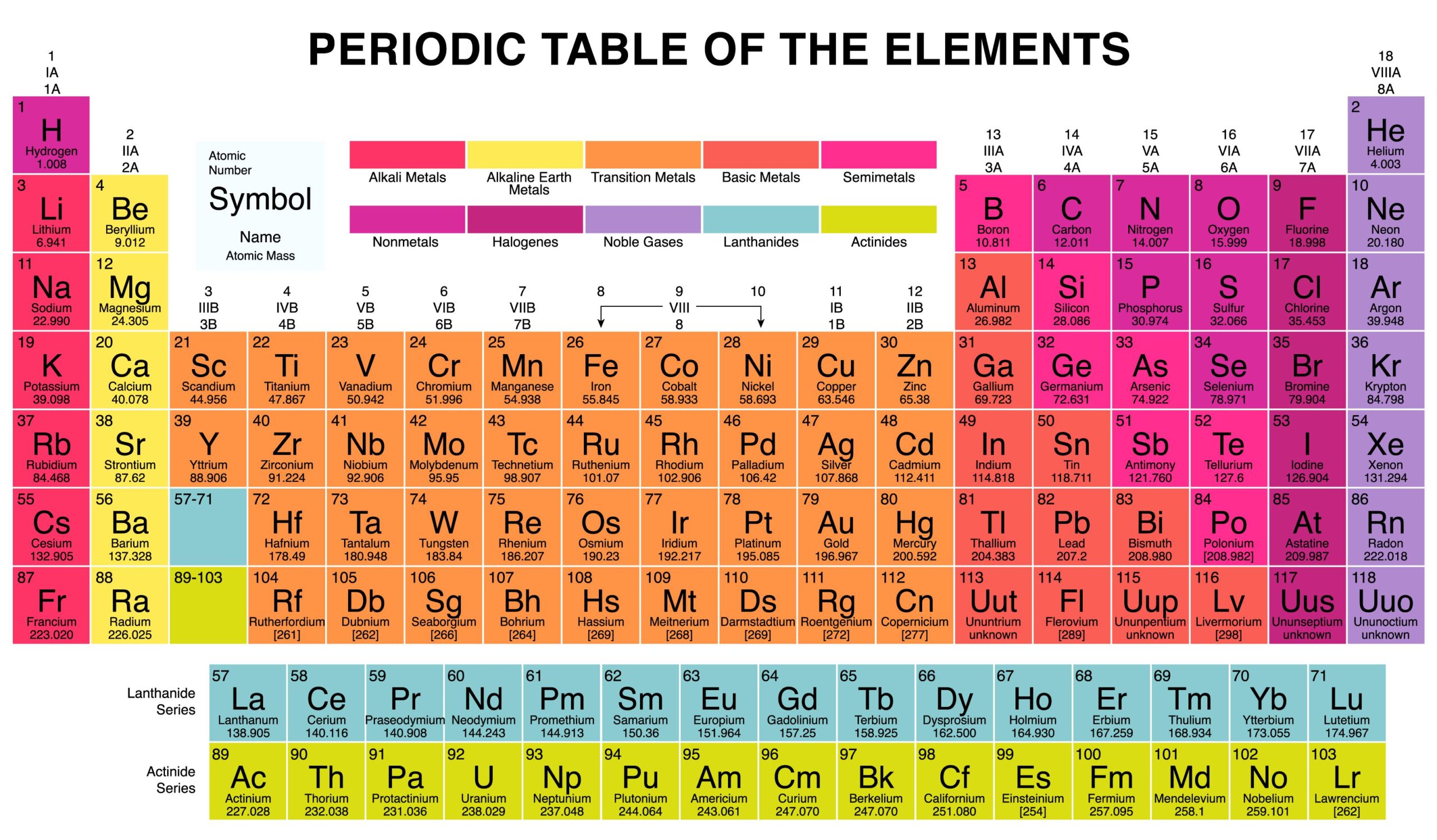The Science of Hair Tissue Mineral Analysis

Hair Mineral Analysis is the quickest and most affordable way to determine if you have heavy metal toxicity and mineral deficiency – two of the primary drivers of disease today.
With so many metabolic and nutritional tests so why use tissue mineral analysis?
Why Test For Minerals?
- Minerals play an integral role in the body’s many intra and extra cellular functions. Their presence is essential for all enzyme, hormone, protein and other biochemical activities.
- Other roles of minerals are as catalysts, facilitators or inhibitors of thousands of critical enzymes that control most body functions. Minerals also form the basis for the osmotic balance in the body and for acid-base regulation.
- The status of the minerals can quickly provide information about the endocrine, digestive, cardiovascular and other body systems. Mineral deficiencies are known to be associated with dysfunctions of critical body systems.
For example, magnesium is critical for the cardiovascular system. Zinc is critical for the immune system. Manganese, chromium and zinc are critical for blood sugar regulation. - Mineral deficiencies are among the most common and serious nutritional deficiencies in our population. Depleted soils yield food that is low in minerals. Refining and processing of many foods further reduces their mineral content. Physical and emotional stress, aging, pregnancy and the use of prescription drugs increase the body’s needs for certain minerals. These factors together add up to major mineral deficiencies in much of the population.
In addition, most children today are born deficient in essential minerals and with elevated levels of toxic metals due to imbalances in their parents. Mineral analysis can reveal these imbalances and guide their correction. - Minerals are relatively easy and inexpensive to measure accurately and reliably. In contrast, measuring vitamins, hormones and other factors in the body are often more costly and less accurate.
- Toxic metals are known to affect many body systems and organ function. Tissue mineral analysis would be very valuable if it were only used to detect heavy metal poisoning. According to the United States Environmental Protection Agency, in a report of 400 studies completed in August 1979, heavy metal toxicity is the second most prevalent environmental problem in America.
However, hair testing can do much more than detect heavy metals. It can often reveal causes for their accumulation and provide a guide for designing a metabolic program to remove the toxic metals.
For example, cadmium and copper accumulation are often related to a zinc deficiency. Accumulation of copper and other toxic metals are often due to adrenal exhaustion. By understanding these causes, the correction can be faster and more effective.
Why Test The Hair?
- As a biopsy material, hair is simple and non-invasive to sample. Also, it requires no exotic handling or preserving measures. Because hair is a non-essential tissue, the body often stores toxic metals in the hair and prevents vital minerals from being lost through the hair. The body acts to keep the blood mineral levels normal at the expense of the tissues.
- For example, if there is a deficiency of calcium in the body, calcium will be pulled from the bones and other tissues, so the level will remain normal in the blood. The tissues are essentially robbed of minerals to protect the blood levels.
- For this reason, deficiencies are revealed much sooner in the tissues such as the hair, than they are in the blood or even urine. Deficiencies in the hair may offer an ‘early warning system’ for deficiencies in the body. Also, toxic metals are often revealed in the hair before they appear in the blood.
- Hair provides a record of recent metabolic activity. Unlike the blood or urine, it is a long-range record, not a record of the exact moment of the test. At times, such as in acute emergencies, it is important to know the instantaneous biochemical state of the body. This is where blood and urine tests excel. However, momentary findings may obscure underlying chronic patterns that lead to disease. This is where tissue mineral testing is so valuable.
- Mineral analysis is a predictive and preventive test. Because it provides a long-term record and offers early detection, hair analysis is an excellent predictive and preventive tool. Most health conditions are the result of imbalances that take years to develop. Even a cold will usually not occur unless the terrain or condition of the body provides an opportunity for it to manifest. Hair analysis can help reveal the condition of the body that permits illness to develop. There are few such tests that offer so much predictive and preventive information at such a reasonable cost.
Why Is Hair Testing Not Used More Often?
The main reason is the test is not simple to interpret. So much information is contained in the readings that one must sort it out to make it meaningful. A mineral level may be due to an excess or deficiency in the body, an elimination of the mineral through the hair, a compensation for another mineral level, a displacement of a mineral by another mineral, an environmental factor or even an emotional factor that is affecting the physical body.
Most mineral analysis laboratories offer little help with the complex interpretation of the test. Analytical Research Labs is dedicated to assisting practitioners with comprehensive interpretation reports, phone consultations and ongoing research and development in the area of mineral test interpretation.
